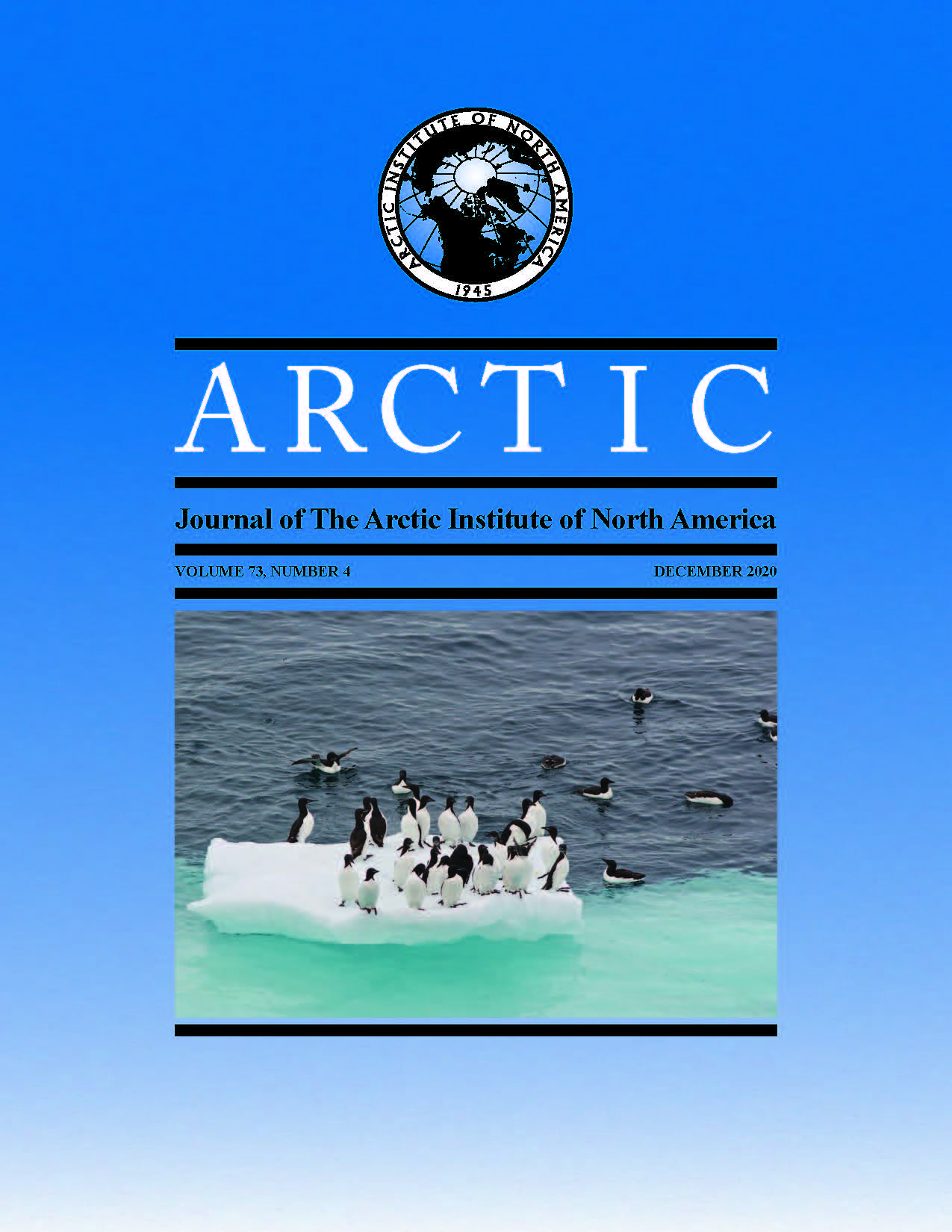Frequent Flooding and Perceived Adaptive Capacity of Subarctic Kashechewan First Nation, Canada
DOI :
https://doi.org/10.14430/arctic71586Mots-clés :
peuples autochtones; Première Nation de Kashechewan; éloignement et isolement; subarctique; Canada; inondation fréquente; adaptation; perception; capacité d’adaptation; résilienceRésumé
La capacité perçue (sociocognitive) est tout aussi importante que la capacité objective (ressources matérielles) quand vient le temps d’évaluer la capacité d’adaptation générale des gens à l’échelle communautaire. La capacité perçue et la capacité objective plus grandes engendrent une capacité d’adaptation totale plus grande. Cet article évalue la capacité d’adaptation perçue de la Première Nation de Kashechewan, située dans la zone inondable du sud-ouest de la baie James (subarctique), au Canada. Cette collectivité est souvent perturbée par le risque élevé d’inondation printanière. Depuis son établissement en 1957, elle a connu cinq inondations majeures. Ses résidents ont été évacués 14 fois depuis 2004, soit en raison d’inondations, soit en raison de risques d’inondation et de défaillances potentielles de la digue. Nous avons sondé 90 résidents en nous aidant de 21 indicateurs afin d’évaluer la capacité d’adaptation perçue de la collectivité. Selon les résultats, la perception qu’ont les résidents du risque et la capacité d’adaptation perçue sont grandes, et elles refaçonnent leur comportement d’adaptation vis-à-vis du risque d’inondation printanière. La forte interdépendance positive entre le capital humain, le capital social, la gouvernance et d’autres déterminants comme la migration, la résilience personnelle et l’expérience, suggère également une grande capacité d’adaptation perçue. Le capital humain et les autres déterminants sont des contributeurs relativement plus grands à la capacité d’adaptation perçue, suivis des déterminants du capital social et de la gouvernance. Les résultats indiquent également que l’état de préparation des résidents aux catastrophes s’est également amélioré. Le risque d’inondation élevé et les urgences fréquentes ont motivé la Première Nation à modifier ses interventions spontanées et proactives en matière d’atténuation des risques de catastrophes sur le plan de l’individu, du ménage et de la bande. La planification de l’adaptation aux dangers naturels dans le but d’en atténuer les incidences nécessite également une compréhension nuancée de la capacité d’adaptation perçue qui contribue à la capacité d’adaptation générale. Le transfert de la grande capacité d’adaptation perçue en capacité d’adaptation totale plus grande contribuerait à une résilience communautaire accrue.


